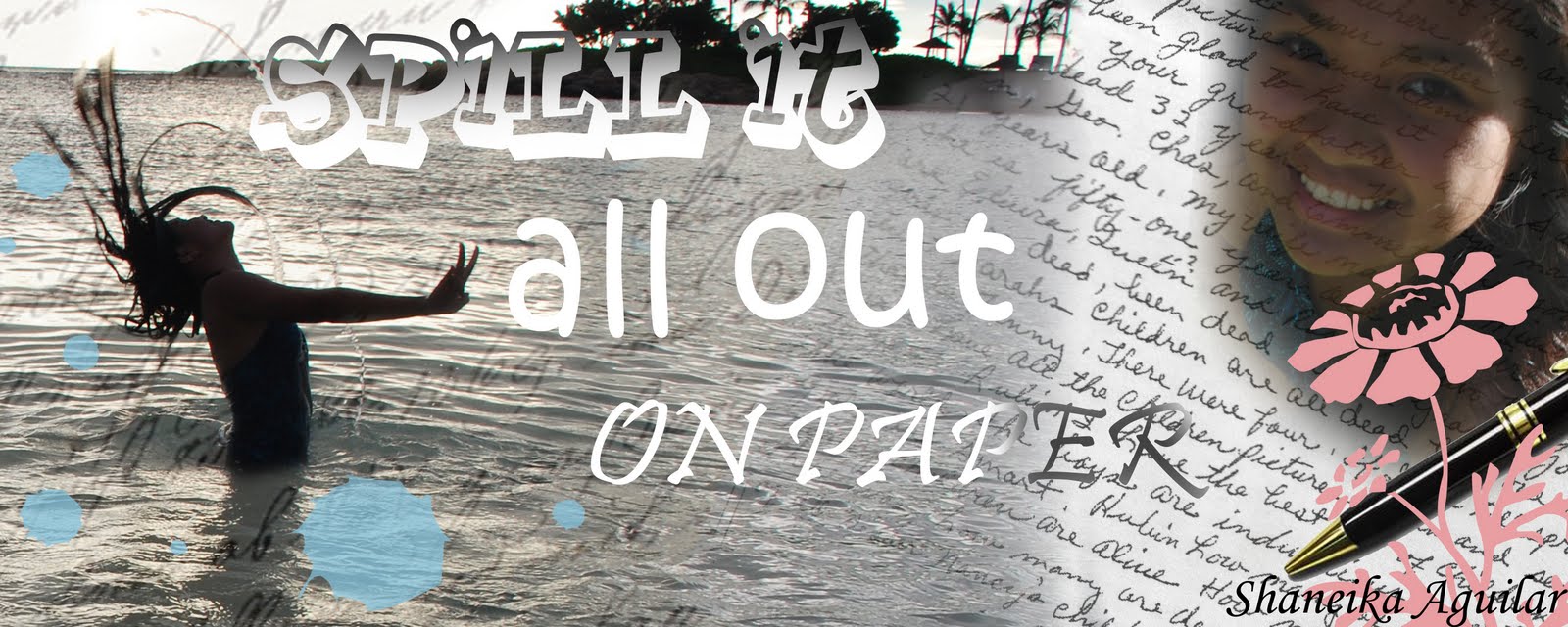Tell why your novel relates to cultural/ethnic roots and identity. Give specific examples from your reading.
My novel is about a Japanese girl named Lovey Nariyoshi. In this book, she tries to find her identity. Read more....
From the book:
1) "Eh, bradda Larry, bring me one nada Primo, brah. One cold fo' real kine. I rey-day, I rey-day, no woray, brah. Uncap that sucka and come home to Uncle Stevie."
2)"And nobody looks or talks like a haole. Or eats like a haole. Nobody says nothing the way Mr. Harvey tells us to practice talking in class. Sometimes I secretly wish to be haole. That my name could be Betty Smith or Andie Anderson or Debbie Cole, wife of Dennis Cole who loves at 2222 Maple Street with a white station wagon with wood panel on the side, a dog named Spot, a cat named Kitty, and I wear white gloves. Dennis wears a hat to work. There's coatrack as soon as you open the front door and we all wear our shoes inside the house."
3)"I don't tell anyone, not even Jerry, how ashamed I am of pidgin English. Ashamed of my mother and father, the food we eat, chicken laulau with can spinach and tripe stew. The place we live, down the house lots in the Hicks Homes that all look alike except for the angle of the house from the street. The car we drive, my father's brown Land Rover without the back window. The clothes we wear, sometimes we have to wear the same pants in the same week and the same shoes until it breaks. Don't have no choice. Ashamed of my aunties, and uncles, at baby laulaus, yakudoshis, and mochi pounding parties.....Ashame too of all my cousins, the way they talk and act dumb.....And my grandma. He whole house smells like mothballs, not just in the closets but in every drawer too. And her pots look a million years old with dents all over. Grandma must know every recipe with mustard cabbage in it. She can quote from the Bible everything you do in a day. Walks everywhere she goes downtown Kaunakakai, sucks fish eyes and eats the parsley from our plates at Midnight Inn."
My Interpretation:
My Novel relates to cultural /ethnic roots because it talks alot about the Japanese and the haole culture. For example, the Japanese characters in this book can't speak fluent english, take their shoes off when they enter someone's house, suck fish eyes, wear the same clothes, eat yakudoshis and mochi, and many more. The haole culture as mentioned in this book are very much different from the Japanese culture. Those who are haole have fancy names like Andie Anderson and Betty Smith. They can speak fleunt and proper English. They live in cute homes and own many cute things. They wear their shoes inside the house and they wear fancy clothings like hats and gloves.
Lovey Nariyoshi is a girl who isn't very proud of her Japanese culture. She is ashamed and she doesn't like speaking about it. She secretly wants to be haole because she thinks that they are very proper and that they have more potential in life. And when you look at Lovey's side of the story, you'll understand why she is ashamed. She and her family can't speak fluent English and her teacher, Mr. Harvey always enforces that they speak properly because no one is going to want them if they are applying for a job. She is embarrassed of her family because her cousins act dumb and silly. Her grandma seems like a carefree person - sucking fish eyes, keeping million year old pots, and maintaining the smell of mothballs in her home. She is ashamed of the food that she eats, what she wears, how she speaks, and everything about her and her family. She wants to find an identity of her own. One that she can be proud of and not be ashamed of.
The factor that stands out the most in the book that relates to culture/ethnic and identity is the excessive use of the Hawaii Creole English (Pidgin) language. It shows where and what kind of a family Lovey comes from. It describes much of her background and it distinguishes her from all the other characters in the book. She is unique and she wants to be proud of herself.

No comments:
Post a Comment